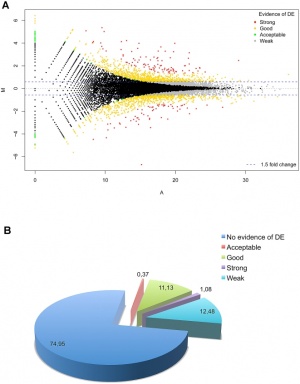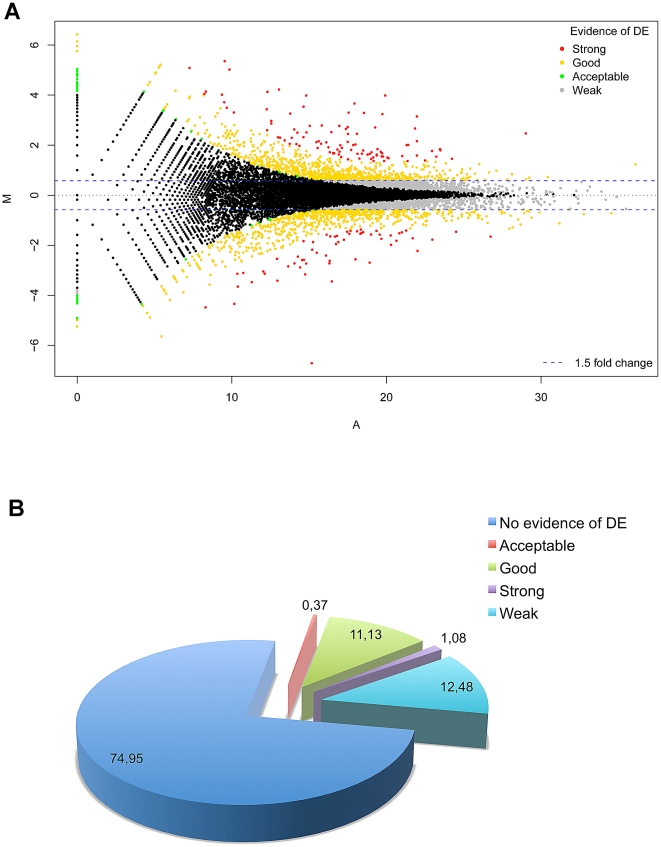User:Z3332178
Lab 4 Online Assessment
- The allantois, identified in the placental cord, is continuous with what anatomical structure?
- Identify the 3 vascular shunts, and their location, in the embryonic circulation.
- Identify the Group project sub-section that you will be researching. (Add to project page and your individual assessment page)
--Z3332178 12:55, 28 July 2011 (EST)
Lab 1 Assessment
1. Identify the origin of In Vitro Fertilization and the 2010 nobel prize winner associated with this technique.
Robert Edwards first started research in human IVF after the successful attempts of fertilisation outside the womb in other animals by various scientists. After contacting Patrick Steptoe, a gynaecologist ,Edwards was able to begin practicing IVF on humans. Together they studied the hormone levels of female patients and worked out the optimal time for fertilisation to occur to increase the success rate of implantation. Edwards later implanted the first successful “test tube baby”, Louise Brown born on the 25th of July, 1978. In 2010, Robert Edwards was awarded the Nobel Prize in Physiology or Medicine for the development of in vitro fertilisation.
2. Identify a recent paper on fertilisation and describe its key findings.
The article “Zona pellucida-based contraceptive vaccines for human and animal utility” addresses the potential use of the glycoproteins found in the zona pellucida as a vaccine to prevent pregnancies. The contraceptive vaccine would aim to prevent gamete production, fertilisation and therefore a successful pregnancy. The testing was performed mainly on wildlife animals and was found to be successful. However, before using it for the human population more research needs to be done to increase the success rate and variations of the antibodies amongst species and therefore the duration of the vaccines productivity has to be reassessed. There is also the issue of possible oophoritis that may develop in women using this method of contraception. Despite the limitations of the contraceptive vaccine for human use, it is still profitable for wildlife context.
Gupta SK. Gupta N. Suman P. Choudhury S. Prakash K. Gupta T. Sriraman R. Nagendrakumar SB. Srinivasan VA. Zona pellucida-based contraceptive vaccines for human and animal utility. [Review] Journal of Reproductive Immunology. 88(2):240-6, 2011 Mar.[1]
3. Identify 2 congenital anomalies.
Spina bifida
Bladder exstrophy
--Mark Hill 10:10, 3 August 2011 (EST) These answers are fine for the assessment.
--z3332178 13:04, 4 August 2011 (EST)
Lab 2 Assessment
1. Identify the ZP protein that spermatozoa binds and how is this changed (altered) after fertilisation.
When the spermatozoa reaches the zona pellucida, ZP protein 3 binds with the spermatozoa. This reaction causes the release of degradative enzymes from the acrosome, thus allowing the sperm to enter the zona pellucida.
2. Identify a review and a research article related to your group topic.
Review Article
“The behavioral phenotype of Williams syndrome: A recognizable pattern of neurodevelopment” by Colleen A. Morris
The review article concludes that people with Williams syndrome share distinct cognitive and behavioural features. The phenotype of a typical patient will be due to the deleted genes of chromosome 7 q11.23.[2]
Research Article
“Impaired geometric reorientation caused by genetic defect” by Laura Lakusta, Banchiamlack Dessalegn, and Barbara Landau
By testing participants in a plain or single blue walled chamber, the study was able to show that Williams syndrome patients show a failure to reconstruct and use geometric representations of the chamber to find hidden objects.[3]
--z3332178 11:07, 11 August 2011 (EST)

